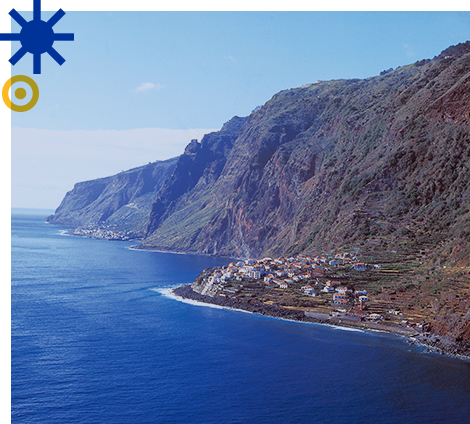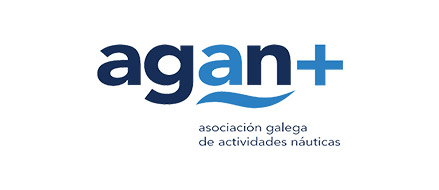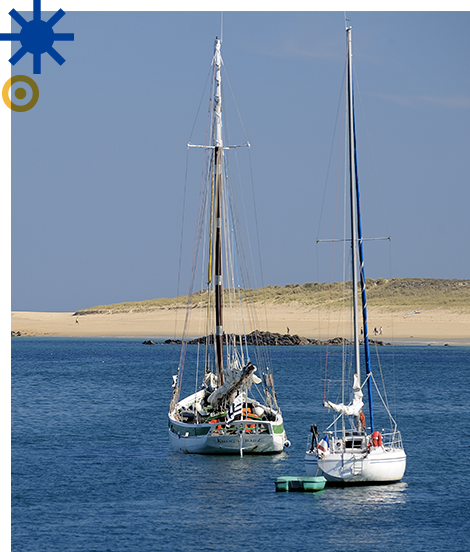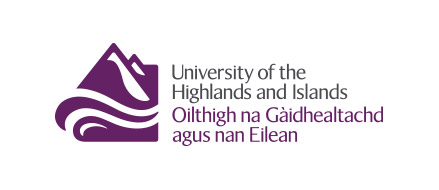Creating a coastal navigation circuit
along the Atlantic coast
Various sailing areas in partner territories will be studied in order to offer a range of new short coastal navigation routes at local and regional scale.
Dotted with stops, these routes will combine the pleasure of sailing and discovering heritage via the sea, estuaries and canals with the enjoyment of visits to tourist sites.
Coastal navigation in all its forms
These routes will also be adapted to allow adventuring via various marine craft, making it possible to reach new customers and interest new tour operators in a new product line. While sailing will remain the primary option, the Galician Association of Nautical Activities, which leads this operational part of the project, will carry out a thought process with all partners on how to develop routes for lighter craft.
Large coastal navigation circuits will also be developed, based on historic routes used by ancient cargo fleets or those of the great Atlantic regattas.
Distribution of navigation tools
The coastal navigation routes identified and tested will then be listed on tools allowing solo sailing or in flotilla on various craft.
Workshops will be offered to professional tourism operators from the various countries involved, with the aim of gauging commercial interest
in these routes and offering a range of products that are representative of the natural and cultural heritage of the Atlantic Arc. A marketing strategy will also be devised to promote the coastal navigation network as a whole
A diagnosis of the marinas
and anchorage areas of the Atlantic Arc
What existing infrastructure is there? Services and activities reserved for boaters? How do marinas compare in Portugal and Scotland? What communication tools have been deployed by these tourist welcome points?
These questions will be answered through a diagnosis led by the University of Highlands and Islands, to be carried out on hundreds of sea and river marinas on the Atlantic coast, covering sailing areas used by a variety of craft and visitors.




